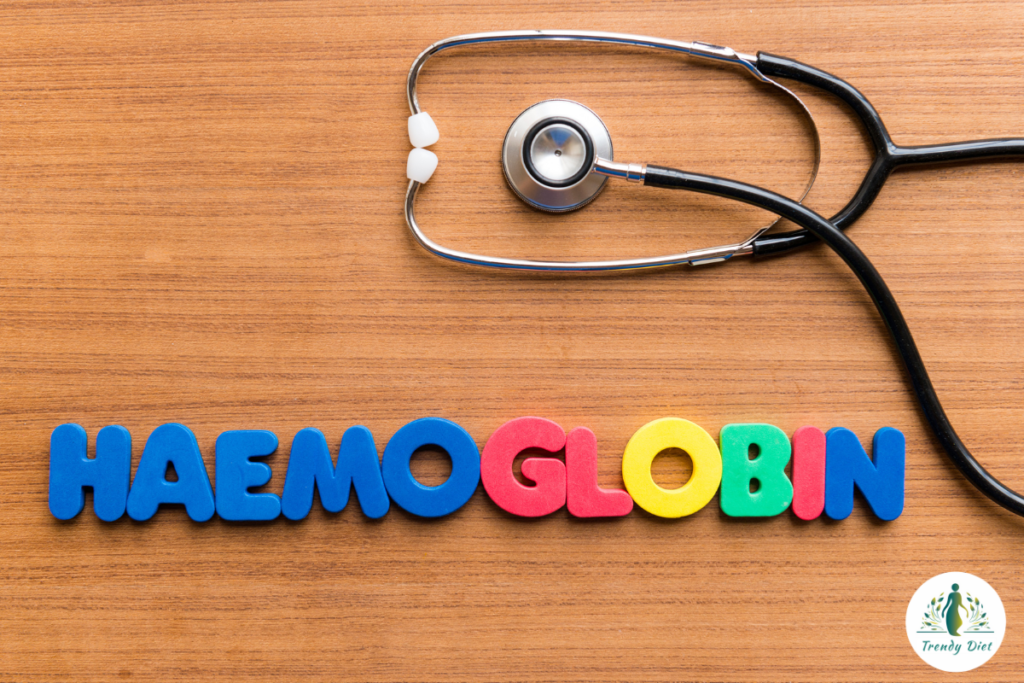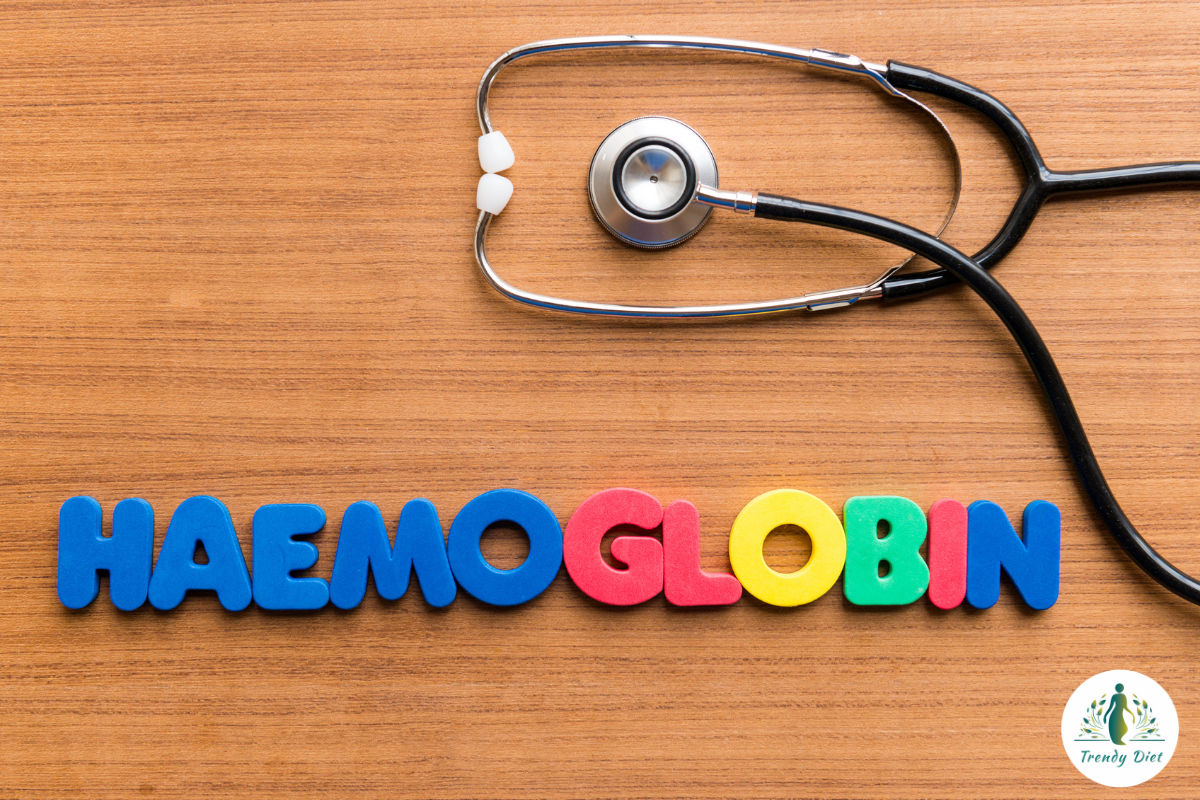How to Increase Hemoglobin Levels
A low hemoglobin count: What is it?
Your red blood cells include a protein called hemoglobin, which transports oxygen to the rest of your body. Additionally, it carries carbon dioxide from your cells and returns it to your lungs for exhalation.
In this article we will learn about list of food to increase hemoglobin.
Low hemoglobin counts are anything below 13.5 grams per deciliter for men and 12 grams per deciliter for women, according to the Mayo Clinic.
Low hemoglobin levels can result from numerous factors, including:
Iron deficiency anemia
Liver problems
Pregnancy
Infections of the urinary tract
Additionally, some people naturally have low hemoglobin counts for no apparent reason. Some people have low hemoglobin but show no symptoms.

Consume foods high in folate and iron
In the creation of hemoglobin, iron is crucial. Iron is carried throughout the body via a protein known as transferrin.
Start consuming additional iron in order to raise your hemoglobin level on your own.
Food to increase Hemoglobin- include foods high in iron :
Organ and liver meats
Meat, shrimp, broccoli, kale, spinach, and green beans.
Beans, lentils, and cabbage
Potatoes with tofu
Enhanced bread and fortified cereals
Your body requires the B vitamin folate to make heme, which is the component of your red blood cells that includes hemoglobin. Your red blood cells cannot develop if you are deficient in folate. Low hemoglobin levels and folate deficiency anemia may result from this.
By eating more, you can increase your intake of folate. Some more food to increase hemoglobin are:
Beef, black-eyed peas, and spinach
Lettuce, avocado, rice, and kidney beans
Peanuts
Supplement with iron
You might need to take oral iron supplements if you need to significantly increase your hemoglobin level. On the other hand, an excess of iron causes hemochromatosis, a disorder. This can result in side effects such as constipation, nausea, and vomiting, as well as liver conditions like cirrhosis.
Determine a safe dosage with the help of your doctor, and never take more than 25 milligrams (mg) at once. Men should consume up to 8 mg of iron daily, while women should consume up to 18 mg, according to the National Institutes of Health’s Office of Dietary Supplements (Reliable Source). You should strive for up to 27 mg each day if you’re expecting.
Depending on the underlying cause of your low hemoglobin, you should start noticing a change in your iron level after a week to a month.
Always keep iron supplements carefully out of children’s reach. If your child need an iron supplement, be careful to pick one that is appropriate for kids.
Children are substantially more susceptible to iron toxicity due to their decreased blood volume. Call your doctor right away if your child unintentionally consumes an iron supplement.
Increase absorption of iron
Make sure your body can easily handle the additional iron you give it, whether you increase your iron consumption through food or supplements. The quantity of iron your body absorbs might vary depending on a number of factors.
Activators of iron absorption
Try consuming vitamin C-rich meals or taking a supplement at the same time as eating something high in iron or taking an iron supplement. Your body may absorb more iron if you take vitamin C, according to research. To enhance absorption, try squeezing some fresh lemon over foods high in iron.
Vitamin C-rich foods include:
-
- Dark, leafy greens, strawberries, and citrus-food to increase hemoglobin.
Your body may absorb more iron with the aid of vitamin A and beta-carotene, which helps your body make vitamin A. Animal dietary sources, including fish and liver, contain vitamin A. Typically, red, yellow, and orange fruits and vegetables—including those listed below—contain beta-carotene.
Vitamin A-rich foods include:
-
- Carrots
-
- Seasonal squash
-
- Mangos, sweet potatoes
You can also take vitamin A supplements, but you must determine a safe dose in close consultation with your doctor. Hypervitaminosis A is a potentially dangerous illness that can result from taking too much vitamin A.
Factors that reduce the absorption of iron
Your body may find it more difficult to absorb iron if you consume too much calcium, whether through food or supplements. However, since calcium is a necessary nutrient, it’s crucial to keep it in your diet. Simply avoid calcium supplements, and try to avoid taking iron supplements right before or right after eating meals high in calcium.
Calcium-rich foods include:
-
- AVOID Dairy, beans, seeds, and figs
Additionally, phytic acid can lessen your body’s ability to absorb iron, particularly if you don’t consume meat. It does not, however, influence iron absorption throughout the day; only during a single meal. Try to stay away from pairing foods high in phytic acid with iron-rich foods if you don’t eat meat.
Phytic acid-rich foods include:
-
- Walnuts
-
- Sesame seeds with Brazil nuts
Remember that phytic acid is a vital component that shouldn’t be fully eliminated from your diet, much like calcium.
When to visit a doctor
Diet and supplements alone may not be sufficient to treat all cases of low hemoglobin. If you experience any of the following signs while attempting to increase your hemoglobin level, speak to your doctor right away:
-
- Pale gums and skin
-
- Weakness and weary muscles
-
- A rapid or erratic pulse, regular headaches
-
- Frequent or mysterious bruises
Conclusion: Prioritizing Hemoglobin Health
Raising your hemoglobin count might take anywhere from a few weeks to almost a year, depending on the underlying cause and the modifications you make.Inlude these food to increase hemoglobin.
Consult a physician since you might require additional care, such as an iron transfusion, especially if you’re pregnant or suffering from a chronic illness.
